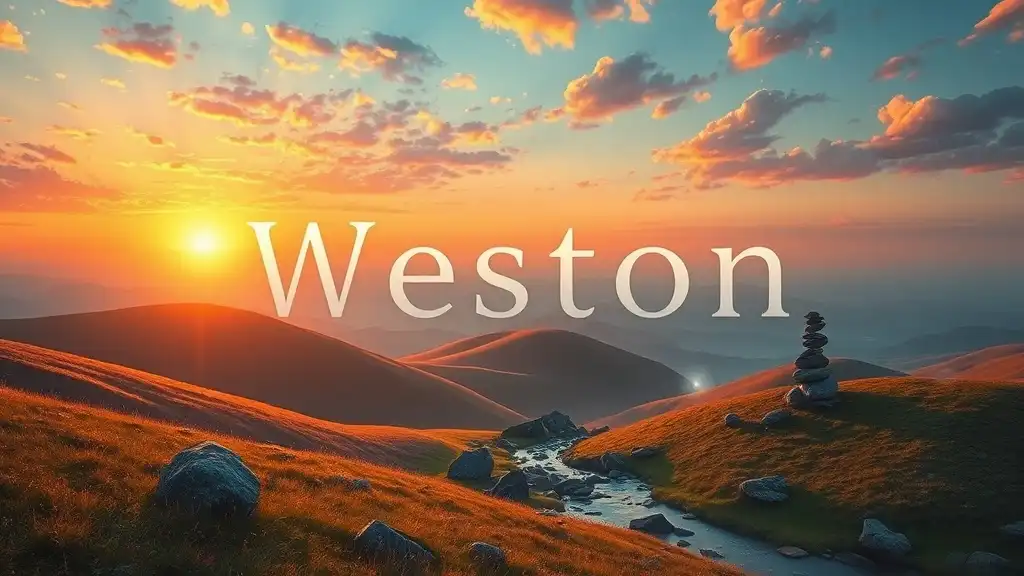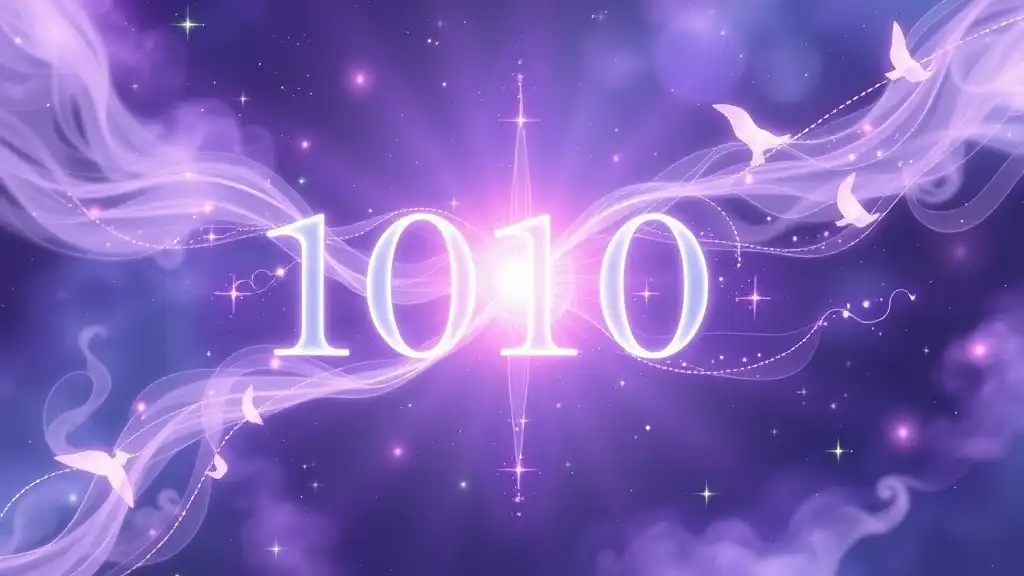The Four Cardinal Directions
The four cardinal directions—North, South, East, and West—have held profound significance throughout human history and across various cultures. Each direction embodies a unique spiritual essence, offering wisdom and guidance to those who seek to understand their meanings on a deeper level. By connecting with these directions, we can navigate our own spiritual journeys more effectively.

Spiritual Significance of Each Direction
North: The Direction of Wisdom and Knowledge
North is often linked to wisdom and knowledge in many spiritual traditions. Its symbolism is deeply rooted in stability, reliability, and groundedness. In many Indigenous cultures, North is viewed as a place of contemplation and learning, encouraging individuals to seek truth and understanding.
The element associated with North is Earth, representing strength and nurturing. This connection invites those who seek wisdom to embrace the grounding qualities of nature, enabling a deeper understanding of one's place in the universe. Animals such as the bear and the owl are often associated with the North, signifying introspection and heightened awareness. In some traditions, deities like Taranis, the Celtic god of thunder, embody the wisdom and strength found in this direction.
South: The Direction of Action and Growth
Moving to the South, we encounter the energy of action and growth. Rich with symbolism, the South is seen as a realm of warmth, enthusiasm, and vitality. Here, we find the call to engage with life, to pursue our passions, and to embrace the fiery energy that drives us to achieve our goals.
The element that resonates with the South is Fire. This connection prompts individuals to harness their inner fire, fueling their ambitions and inspiring them to take bold steps toward personal development. Animals associated with the South often include the eagle and coyote, symbols of vision and adaptability, respectively. Furthermore, deities such as Kali, from Hindu mythology, reflect the transformative and dynamic nature of this direction.
East: The Direction of New Beginnings and Enlightenment
The East is universally regarded as the direction of new beginnings. It is the realm of the rising sun, symbolizing hope, awakening, and enlightenment. This direction invites us to look forward with optimism, embracing change and the potential for growth.
Associated with the element of Air, the East encourages clarity of thought and communication. Those who seek to explore this direction are invited to breathe deeply and to be open to new experiences and ideas. The hawk and butterfly are often linked to the East. The hawk, with its keen eyesight, inspires vision, while the butterfly represents transformation. Notably, deities such as Amaterasu, the Japanese sun goddess, embody the light and potential that the East represents.
West: The Direction of Reflection and Introspection
Finally, we come to the West, the direction often associated with introspection and reflection. In many spiritual traditions, West is seen as the realm of endings and transitions, reminding us of the cycles of life and the importance of looking inward.
The element connected to the West is Water. This element invites fluidity, adaptability, and emotional healing. It encourages individuals to explore their feelings and emotions deeply, fostering a sense of peace and understanding. The otter and dolphin are common symbols associated with this direction, representing joy and emotional insight. Additionally, deities such as Yemaya, the African goddess of the sea, invoke the nurturing and healing aspects of water, inviting deeper self-reflection.

Harmonizing the Energies of the Directions
Balancing the Four Directions in Daily Life
To integrate the energies of the four directions into daily life, it is essential to develop a practice that resonates personally with you. Simple rituals can be performed to honor each direction, such as lighting a candle in the North for wisdom, planting a seed in the South for growth, watching the sunrise in the East for new beginnings, and flowing with the tides in the West for reflection.
Using Directions in Spiritual Practices
Incorporating the four directions into meditation and rituals can enrich your spiritual practice. You might consider creating a circle using elements representative of each direction, allowing the energies to flow through you as you meditate. Additionally, exploring tarot and astrology can unveil more about your connection to these directions, tapping into the guidance and intuition they offer.

Cultural Perspectives on Directions
Indigenous Wisdom
In many Indigenous cultures, the four directions are considered sacred and integrate deeply into their spirituality, cosmology, and communal practices. The significance of each direction comes with a distinct set of teachings and responsibilities. By honoring these directions, communities foster relationships with nature, ancestors, and the spiritual realms, enhancing their collective understanding of existence.
Eastern Philosophies
In contrast, some Eastern philosophies, such as Feng Shui, regard the directions as vital forces influencing the environment and well-being. Understanding the specific qualities of each direction allows practitioners to create harmony in their homes and lives. In Buddhism and Hinduism, the directions also hold spiritual significance, often guiding meditative practices and rituals to seek enlightenment and balance.

Conclusion
The spiritual meanings of North, South, East, and West resonate deeply, offering unique insights into our lives and the world around us. By recognizing and engaging with these directions, we empower ourselves on our spiritual journeys. Exploring personal connections to each direction can lead to greater inner understanding, ultimately guiding us toward a more harmonious existence. Embrace the wisdom of the four directions and allow their energies to illuminate your path.














